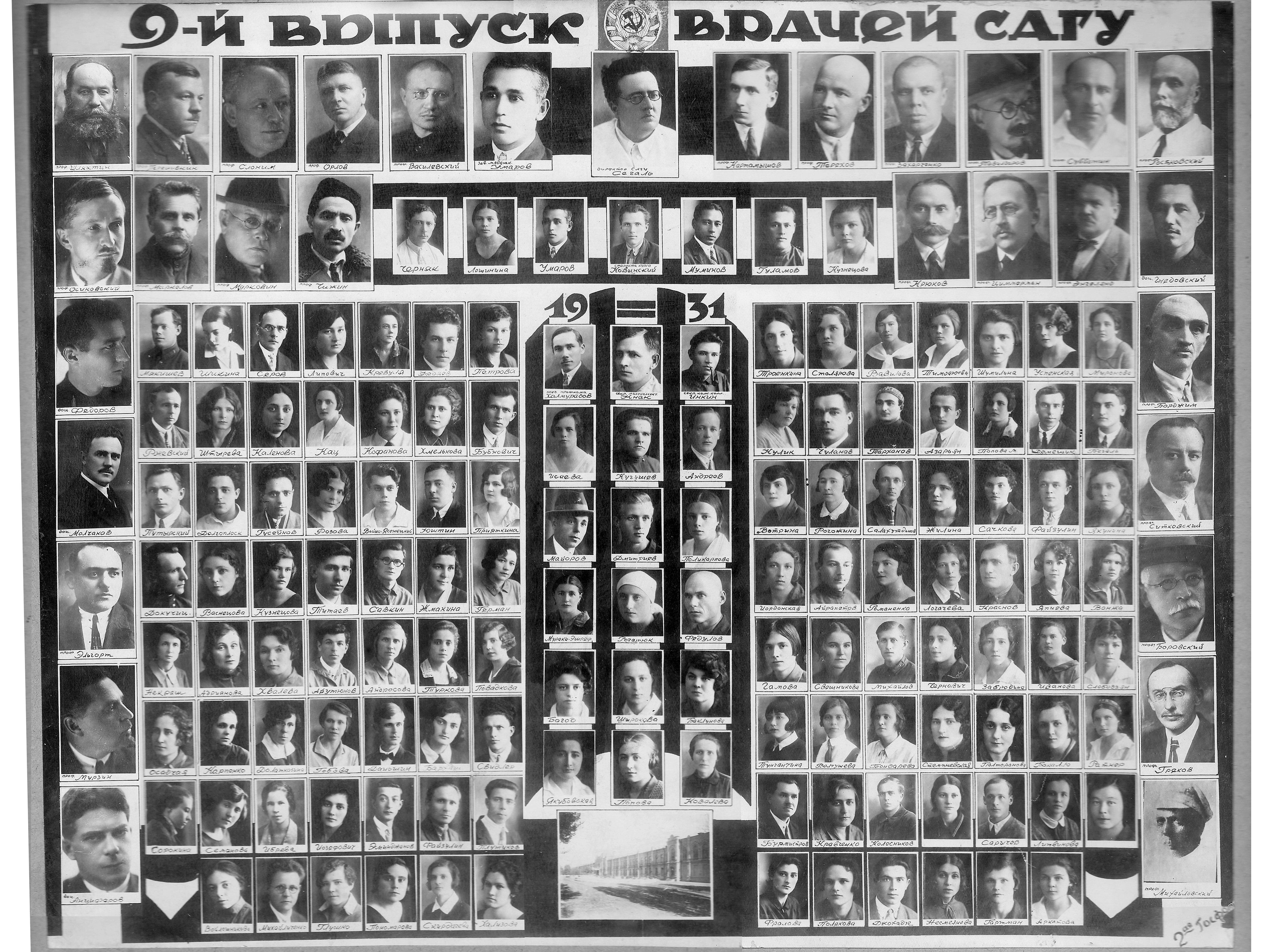|
Zamira Ismailovna Usmanova
Zamira Ismailovna Usmanova is an Uzbek archaeologist and the first woman to graduate from the National University of Uzbekistan's Department of Archaeology. One of few female archaeologists in Central Asia, her works and research allowed for the dating of the city of Merv, Erk-Kala. She has published about 150 scientific publications on archaeology and the history of art of Central Asia. Early life Usmanova was born in Samarkand. She lived with her family in Turkmenistan, but the family moved to Tashkent after the Ashgabat earthquake in 1948. Education and career Usmanova graduated from Tashkent in 1950 before enrolling in Tashkent State University's Faculty of History and Archaeology under Mikhail Evgenievich Masson. During her studies, she was an active member of the Scientific Circle and together with Svetlana Lunina, commissioned by Masson, she examined several monuments in the Tashkent region whose results have been published. She also participated in archaeolog ... [...More Info...] [...Related Items...] OR: [Wikipedia] [Google] [Baidu] |
National University Of Uzbekistan
National University of Uzbekistan (NUUz) () is a public university located in Tashkent, Uzbekistan. NUUz is the oldest and largest university in Uzbekistan. National University of Uzbekistan is named after Mirzo Ulugbek. NUUz professors and teaching staff work with modern materials and science and have relationships with the world's distinguished scientific schools. History Higher educational institutions originated in eastern Iran in the 10th century CE and spread to major urban centers throughout the Middle East by the late 11th century. Simultaneously, universities were established in the West. In the beginning of the 20th century, jadids tried to establish universities with the collaboration of Russian democrats. Muslim People University was headed by a council consisting of 45 people. It aimed to offer higher, secondary and primary education. In autumn, Muslim People University and its founders were the first victims of repression from communists. The government of the So ... [...More Info...] [...Related Items...] OR: [Wikipedia] [Google] [Baidu] |
Mikhail Masson
Mikhail Evgenievich Masson (5 December 1897 in Saint Petersburg – 2 October 1986) was an important Soviet archaeologist. He was the founder of the archaeology school in Central Asia and a professor, doctor of historical and archaeological sciences and member of the Turkmen Academy of Sciences. Early life and education Masson was the descendant of a French aristocrat who moved to Russia during the Jacobin terror. He studied at the Samarkand men's gymnasium. In 1916 Masson started studies at the Petrograd Polytechnical Institute to become an engineer and irrigator. However he was required to join the army and then returned to Samarkand in 1918. Career Masson gained an interest in the protection and restoration of historical landmarks in Samarkand and soon became curator of the Samarkand Oblast Museum. He began conducting archaeological investigations and excursions and added to the museums' collection including panels of the Samanid palace excavated in Afrasiyab. In 192 ... [...More Info...] [...Related Items...] OR: [Wikipedia] [Google] [Baidu] |
Uzbekistani Women Archaeologists
The demographics of Uzbekistan are the demographic features of the population of Uzbekistan, including population growth, population density, ethnicity, education level, health, economic status, religious affiliations, and other aspects of the population. The nationality of any person from Uzbekistan is Uzbekistani, while the ethnic Uzbek majority call themselves Uzbeks. Much of the data is estimated because the last census was carried out in Soviet times in 1989. Demographic trends Uzbekistan is Central Asia's most populous country. Its 35 million people ( estimate) comprise nearly half the region's total population. The population of Uzbekistan is very young: 25.1% of its people are younger than 14. According to official sources, Uzbeks comprise a majority (84.4%) of the total population. Other ethnic groups, as of 1996 estimates, include Russians (5.5% of the population), Tajiks (5%), Kazakhs (3%), Karakalpaks (2.5%), and Tatars (1.5%).Uzbekistan iCIA World Factbook/ref> Uzb ... [...More Info...] [...Related Items...] OR: [Wikipedia] [Google] [Baidu] |
Margarita Ivanovna Filanovich
Margarita Ivanovna Filanovich (born 16 June 1937 in Leningrad) is a Soviet (later Uzbek) historian, archaeologist, and leader of a Tashkent archaeological expedition (formerly the ''Tashkent archaeological detachment''). Filanovich's research interests include history, the archeology of ancient and medieval Central Asia, the historical topography of cities, and the study of religious cults of the corresponding era. She drew attention to the settlement of Shashtepa as a promising object for the study of ancient urban culture in Tashkent (the identified age of the archaeological settlement was taken as the age of the city, which served as the basis for its anniversary celebrations). She is a laureate of the State Prize of the Uzbek SSR named after Biruni, in the field of science and technology (1985). She is currently deputy editor of the journal ''Oʻzbekiston tarixi'' ("History of Uzbekistan"). Biography Early life Margarita Ivanovna Filanovich was born in Lenin ... [...More Info...] [...Related Items...] OR: [Wikipedia] [Google] [Baidu] |

